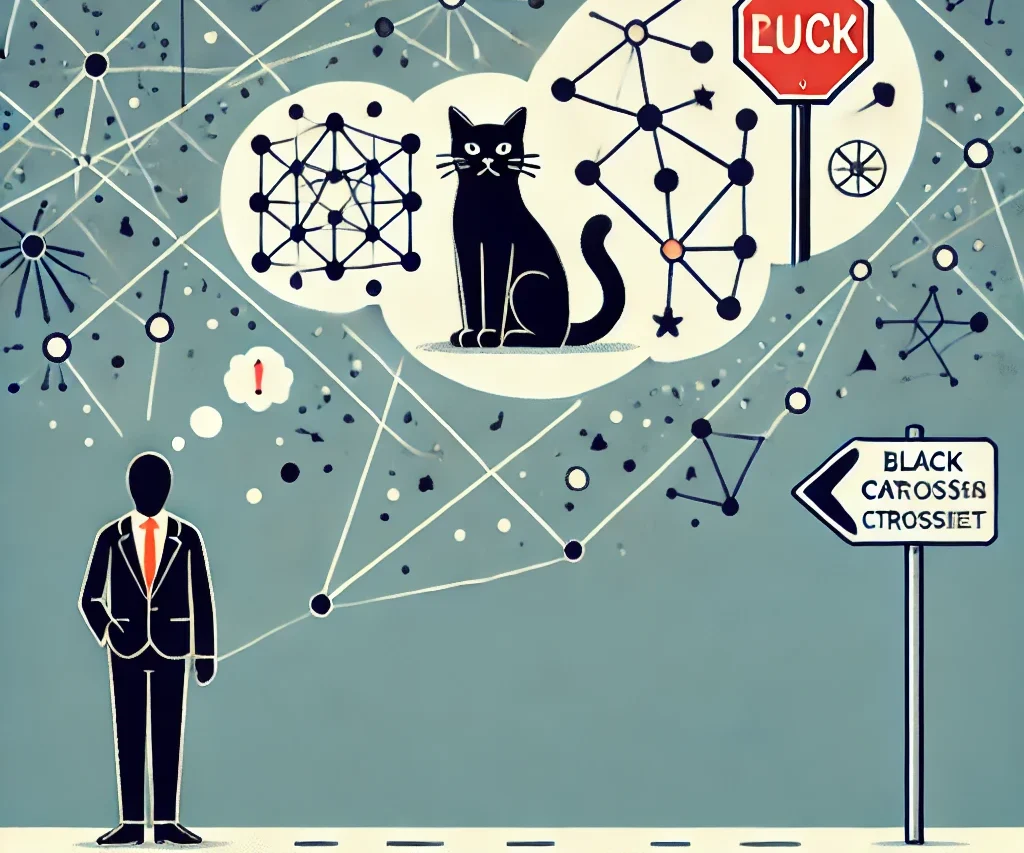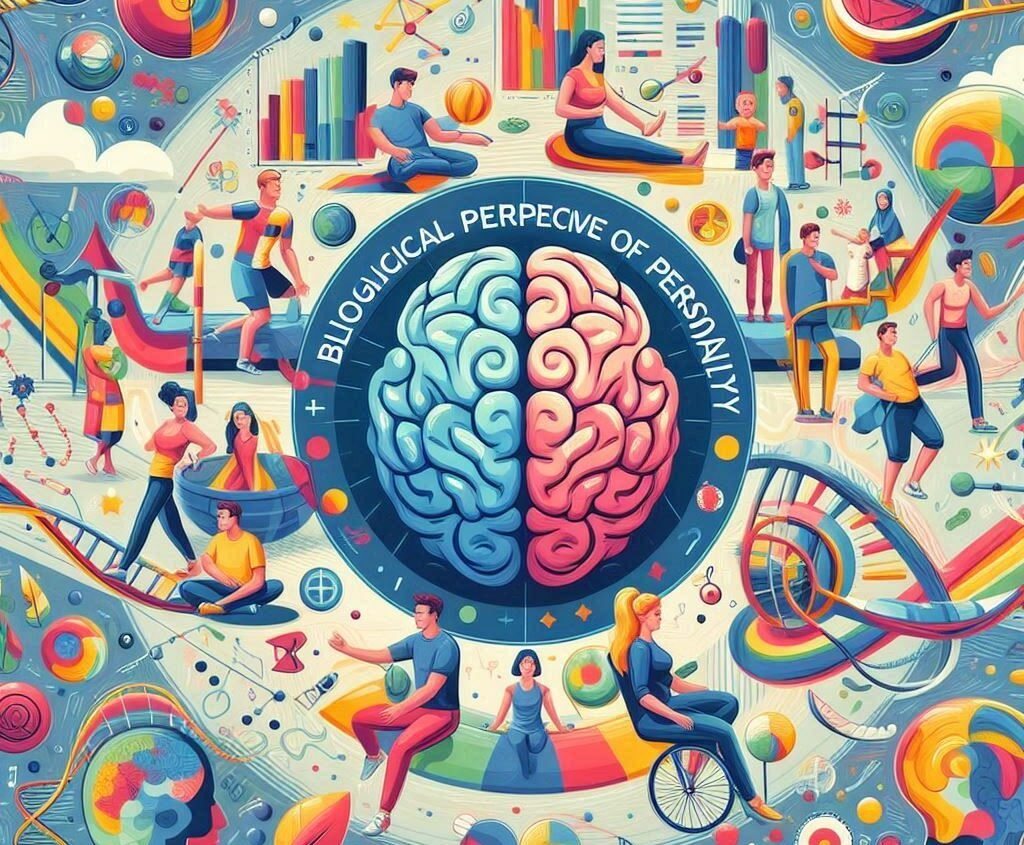
Imagine you’re in a friendly debate. You present a well-researched fact to counter someone’s opinion — but instead of changing their mind, they dig in deeper. This frustrating psychological twist is known as the Backfire Effect, and it reveals something surprising about how our brains deal with beliefs and identity.
The backfire effect occurs when people are presented with evidence that contradicts their deeply held views — rather than revising their beliefs, they often become even more convinced of them. First described by political scientists Brendan Nyhan and Jason Reifler in the mid-2000s, the phenomenon was documented during studies involving political misinformation. Participants who held strong partisan beliefs tended to double down on their original stance after being shown corrections or facts that contradicted them.
Why does this happen? It’s because beliefs are tied to identity. When facts challenge those beliefs, the brain interprets it as a threat — not just to an opinion, but to the sense of self. Neuroscience research using fMRI scans supports this: when people encounter belief-challenging information, the emotional centers of the brain light up — particularly areas related to conflict and self-preservation. Essentially, we react to facts like we’re being attacked.
This doesn’t mean persuasion is hopeless. The backfire effect is less likely when the information is presented in a non-confrontational, empathetic way — or when people feel safe and respected in the conversation. In some cases, encouraging critical thinking and curiosity over confrontation can soften resistance and open doors to genuine understanding.
In a world overwhelmed with misinformation, knowing how the backfire effect works helps us become more patient, empathetic, and thoughtful in the way we discuss tough topics — especially when facts alone just aren’t enough.
RELATED POSTS
View all


